For some Baltimoreans, buying fresh fruit and vegetables is as simple as driving a few blocks to a local grocery store. But for city residents living in urban food deserts—underserved communities without easy, local access to fresh food markets–the struggle to find an apple or a banana within even a quarter mile of where they live is a hard reality. Feeding the 21st Century City, a recent panel discussion by experts and leaders in the fields of food policy, sustainability, and economics, addressed questions of food inequality and considered ways that accessible, affordable, nutritious food could be made available across demographic groups in the 21st century city.
Co-sponsored by the Carey School of Business, the Bloomberg School of Public Health, and the Krieger School of Arts and Sciences, Feeding the 21st Century City marked the inaugural event of Johns Hopkins University’s Rising to the Challenge Campaign Signature Initiative: The 21st Century City. Known as 21CC, this initiative brings together civic leadership from the nation’s cities with top researchers from across Johns Hopkins and other universities worldwide. The goal is to capitalize the potential and confront the pressing problems of cities, like Baltimore, that are poised for renaissance and renewal.
Panel members included Robert S. Lawrence, MD, Director of the Center for a Livable Future, David Dillon, the former CEO of Kroger, Adam Sheingate, Associate Professor of Political Science, and Martin O’Malley, former governor of Maryland and visiting professor at the Carey School.
Moderated by Kathryn Edin, Bloomberg Distinguished Professor of Sociology, the wide-ranging conversation touched on the many and complex issues related to food in urban environments. Dr. Lawrence shared health indicators gleaned from local food mapping of Baltimore neighborhoods that reveal nearly four times the occurrence of death through diet-related disease including cancer, diabetes, and cardio-vascular disease in neighborhoods considered food deserts or food swamps (where this is a concentration of unhealthy food from corner stores or fast food outlets), while David Dillon shared an inside look at how companies like Kroger make decisions about where to open grocery stores.
“For a supermarket operator, it is simply an economic choice,” Dillon explained. “We’re not trying to solve community problems, although we’re happy to try to solve one if it also works as a good investment. I prefer that because it gives us a nice tie to the community.”
Both Adam Sheingate and former Governor O’Malley highlighted progress in the city’s food environment, citing advocacy in the form of groups like The Baltimore Food Policy Initiative and the Food Policy Network Project, the increased presence of urban gardens and farmers markets, and policy changes which allow and encourage the use of SNAP benefits at farmers markets. O’Malley also pointed to the rise of urban farms and the Baltimore Food Hub project as both a health and an economic benefit to the city. “If we’re going to create economies where we grow more of the food we eat locally, we’re going to have to re-build processing capacity,” said O’Malley.
Even amidst some optimism, however, the panel acknowledged that access to fresh, wholesome foods is just part of the complex problem of food disparity. Affordability is an issue. Education is crucial to teach people accustomed to using canned or prepared food how to cook with fresh ingredients and what the subsequent nutritional benefits are–what O’Malley called “wellness literacy.”
Before taking questions from the audience, Edin asked the panelists to pose questions to each other. Dillon wondered aloud how to go beyond accessibility to solve other parts of the food problem. Lawrence jumped in immediately with his solution: “A big, radar-jamming operation to protect the consumer from the relentless marketing of fast food outlets, the soda industry, and the candy industry” which spend $14 billion a year in marketing.




